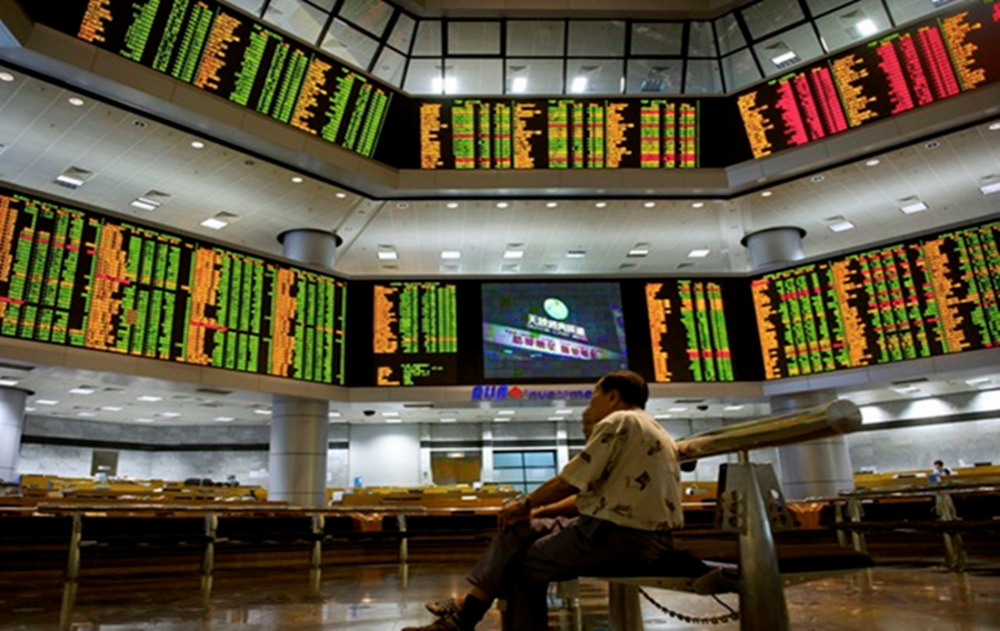PETALING JAYA: With the surge in retail investment driven by the Covid-19 pandemic, there is a typical narrative of changes of opportunity cost, increase in investable income - from mortgage moratorium and other stimulus actions, coupled with the lack of other opportunities which has been driving this trend, said University of Southern California senior economist and Institute for Capital Market Research (ICMR) Malaysia research fellow Dr Joanne Yoong.
Zooming in on those who are investing for the very first time, she noted that there is a story of social media, peer effects and unprecedented access.
“Some of this is a perfect storm of things that have been worked on for a long time to promote the healthy retail participation, but on the other hand some of it are behaviours that we have to worry about,” she said at ICMR’s panel discussion Retail Investor Behaviour: 2020 and Beyond yesterday.
“We don’t see increases in indices of financial literacy. Sometimes we are not measuring those indices correctly or in the most modern way but we are not seeing that increase which should give us some pause.”
With regards to the surge in retail investors, Bursa Malaysia Securities market director Azhar Zabidi feels there is no fixed rule on how certain age groups should invest, as the young could be risk-averse which could be a function of starting out with a smaller amount of capital and vice versa.
He opined that a portfolio of investments should comprise longer-term yielding stocks that pays dividends, from stable companies such as banks, while in the short-term one might go for growth companies that may not provide the necessary dividend stream but more likely to appreciate in terms of capital value. In addition, a smaller proportion should be on short-term gains.
“To me it’s about striking a balance, like any fund manager looking at a portfolio. An individual should also look at things from a similar perspective,” said Azhar.
As for the behaviour of retail investors, Maybank Kim Eng retail brokerage regional head Lok Eng Hong highlighted that the Securities Commission’s latest statistics showed that 83% of active retail accounts traded in stocks that are priced below 50 sen.
“This is interesting data. Why are these stocks so attractive? Are the investors looking at the companies’ business plan and other data?” he posed.
Lok surmised the popularity of such counters is related to retailers’ ability to go in and out quickly and make a lot of decisions, since there a lot of time available during the lockdown which allow people to sharpen their skills and spend more time.
“At the same time, we are seeing intraday trading proportion of retail trading has gone up. Three years ago it was only 23% and last year the numbers pushed up to about 33%, a significant jump,” he said.
Comparatively, the regional head noted that the institutional space’s intraday trading has not changed much as it remained at 17-18% over the same period.
“Retailers do have the ability to participate in impulsive trading and perhaps small swings, regardless of names.”
However, he also acknowledged that retail investment does bring a different element despite being from different accounts and names. It tends to be concentrated in certain small caps and speculative stocks, gravitating more towards most-traded stocks.













